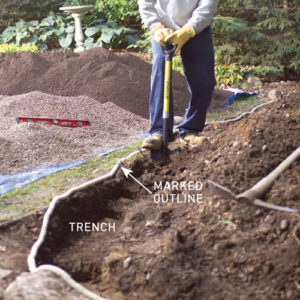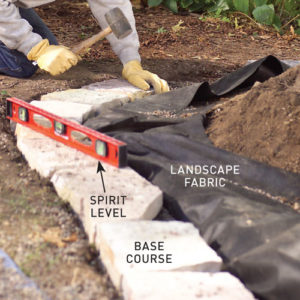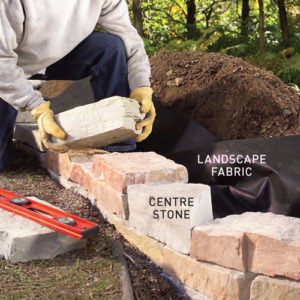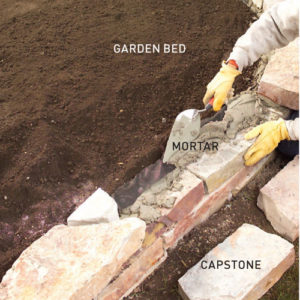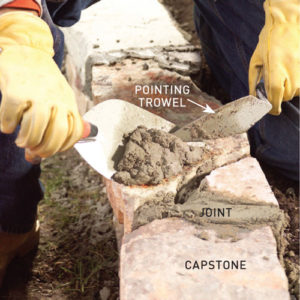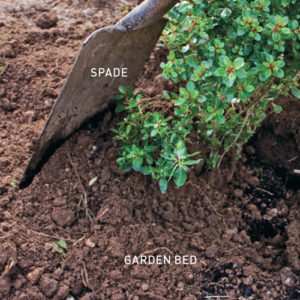Dry-Stone Raised Bed
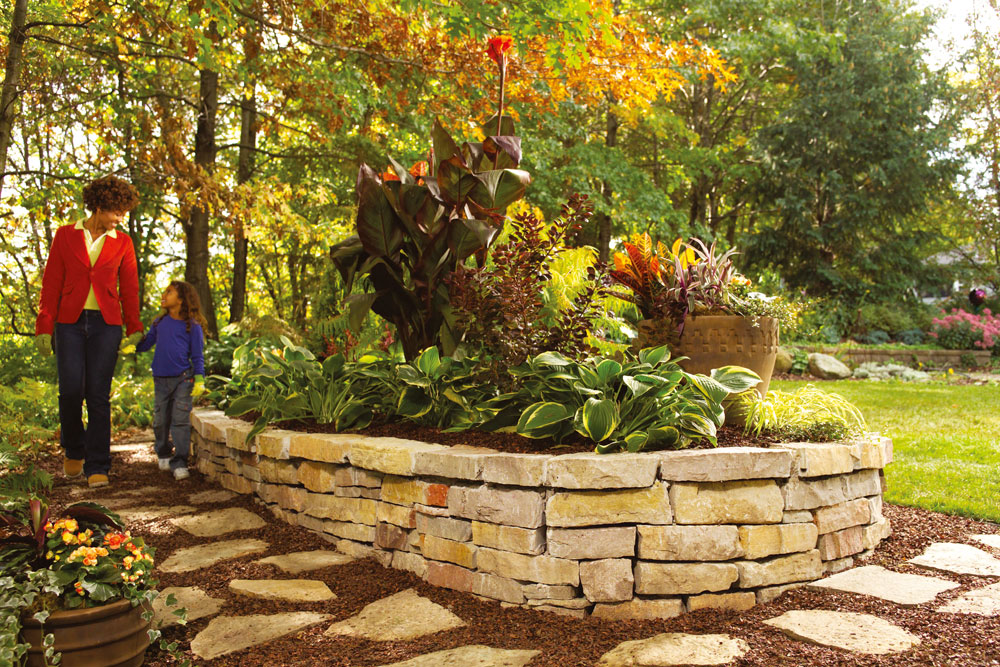
Build a stone-walled planter using a traditional stacking technique.
There is always a spot in the garden that doesn’t take well to plantings. It can be because the soil is shallow or the ground boggy.
An easy way to green up a problem site is to install a garden bed that sits above ground level. They are easy to maintain, as there is less bending down, and you can bring in good quality soil to ensure plants thrive.
Raised planting areas are also a good way to add definition to a landscape. Dry-stacked stone walls are a fairly inexpensive DIY solution for shoring up a slope, or building terraces and raised planter beds.
Traditionally constructed without concrete or mortar, they can last forever if the stones are positioned to fit with minimum gaps.
Natural stone blends in outdoors, weathers nicely as it ages and is easily softened by overhanging foliage.
For this project we used tropical plants and added a large pot that can be changed to accommodate plants for the different seasons.
Tailor the plants to suit the location of the raised bed, choosing shade-tolerant plants for dark areas or sun-loving varieties for spots that receive plenty of light.
Cutting stone
Mark a cut line on the stone to keep joints tight then use a 2kg club hammer and bolster or chisel to shape the stone. Strike the bolster with moderate force, increasing the weight of the hammer blows until the stone splits. Dressed stone can be cut with a circular saw fitted with a masonry blade.
Building the bed
Source stone for building from your local landscape supplier or nursery, choosing rectangular or squarish types in three main sizes.
LARGE BASE STONES at least 300mm long. To calculate the number needed multiply the bed length by three.
MEDIUM WALL STONES 250mm long for the centre. Multiply the bed length by the number of rows then by four.
LARGE FLAT CAPSTONES for the top. Multiply the bed length by three to find the number needed.
Choosing tropical plants
Go for a mix of colourful foliage plants and flowering varieties with contrasting textures for a vibrant display. Combine spreading and upright species to provide both height and depth with greenery cascading over the stone wall.
Hosta
Grow this groundcover for its deeply textured blue and green leaves, and small white or purple flowers that are highly fragrant in summer. The plant dies down in autumn and reshoots in spring.
PLANT in part to full shade in moist, rich soil. Feed regularly during the growing season.
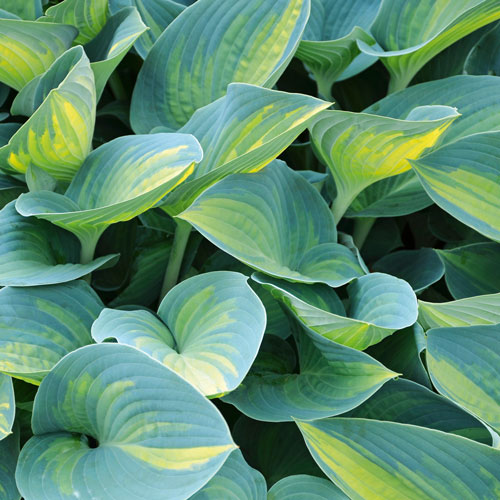
Grow this groundcover for its deeply textured blue and green leaves. Image: Thinkstock
Canna
The bright yellow, orange, red and multicoloured flowers of this upright plant are clustered at the top of tall stems. The large leaves can be green, purple or variegated and look similar to banana foliage.
PLANT in full sun in moist soil with added compost. Feed in late winter, watering well before and after.
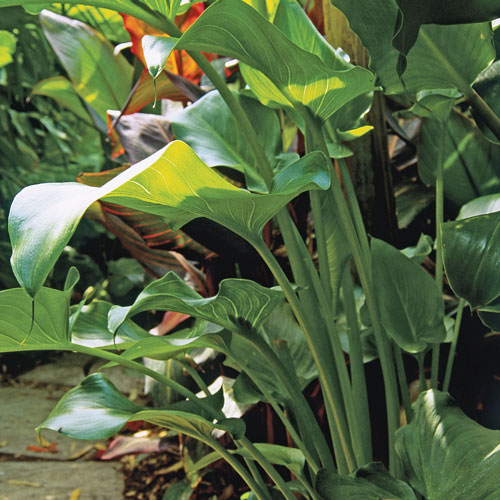
Plant the Canna in full sun in moist soil with added compost. Image: Getty Images
Rhoeo
Add striking foliage with this hardy groundcover. The upper leaves are green with purple undersides and grow to about 200mm long. The white flowers are clustered in the middle of the plant.
PLANT in well-drained soil in full to part sun. Protect from frost as this can damage the leaves.
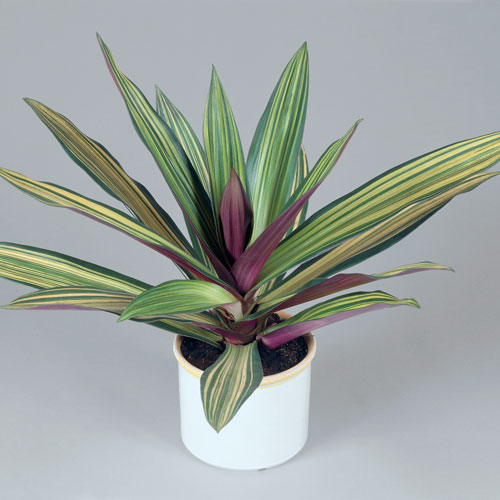
Plant the Rhoeo in well-drained soil in full to part sun. Image: Getty Images
Red Japanese Barberry
A deciduous shrub with deep reddish purple leaves and scented yellow flowers in spring on arching stems, this barberry variety works well in the middle to rear of garden beds and borders.
PLANT in well-drained soil in full to part sun. Prune back the oldest stems before new growth appears.
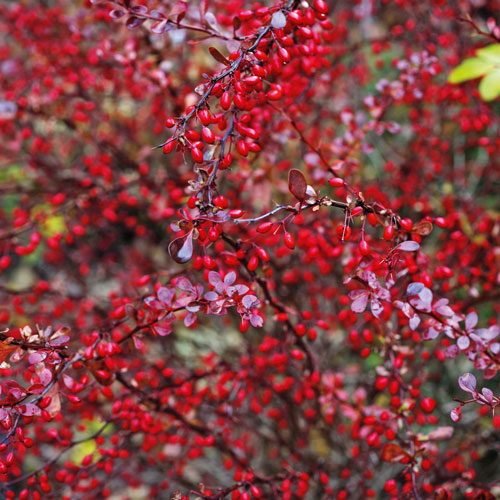
This Barberry variety works well in the middle to rear of garden beds and borders. Image: Thinkstock
Croton
PLANT in full to part sun in fertile, moist and well-drained soil. It can also tolerate dry conditions.
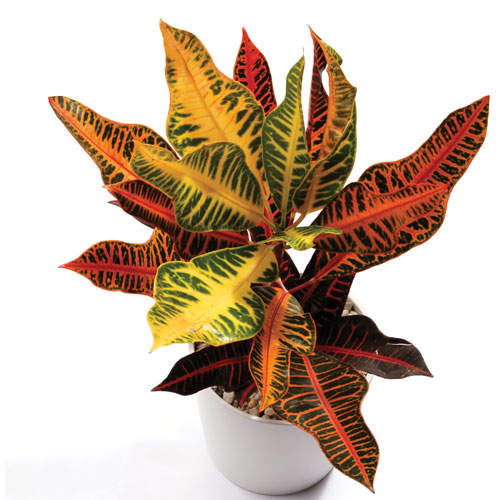
Plant in full to part sun in fertile, moist and well-drained soil. Image: Thinkstock
Tree fern
This slow-growing tree has a long, slender trunk that has a very rough, bark-like covering, and features large, long, lacy fronds that uncoil from the top, or crown, of the trunk. It thrives in high humidity.
PLANT in part sun to shade in very moist soil with well-rotted manure added, and feed regularly.

Plant in part sun to shade in very moist soil with well-rotted manure added, and feed regularly. Image: Thinkstock
Build a raised bed
